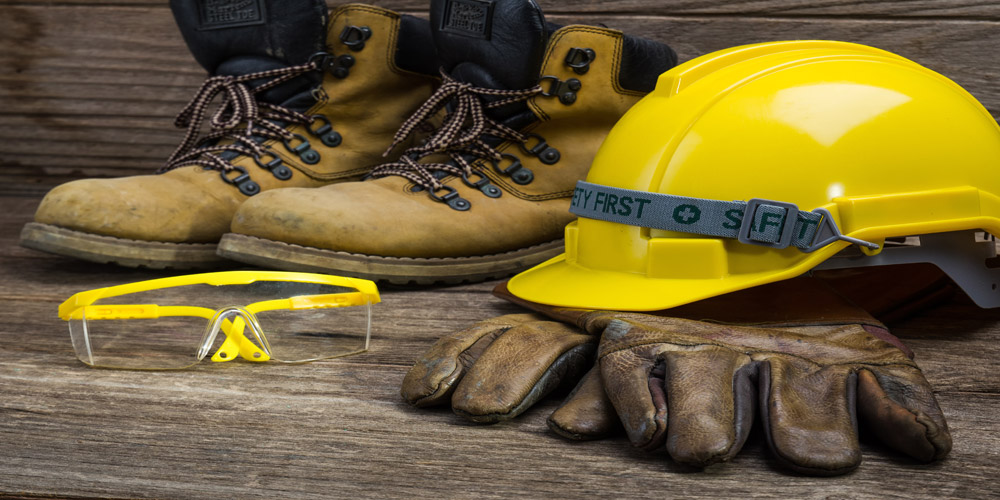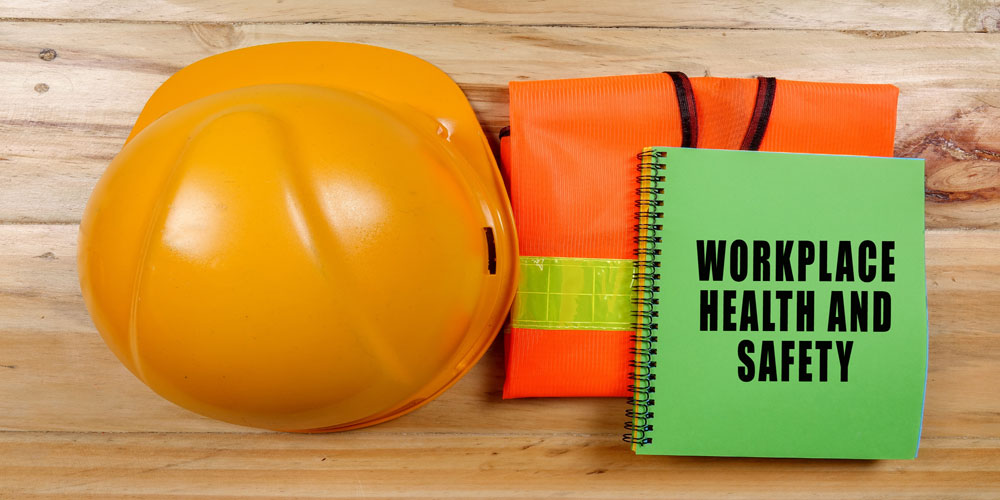The Crucial Role of Monitoring Health & Safety at Work
In the hustle and bustle of our daily work routines, it’s easy to overlook one of the most critical aspects of any job: health and safety. The well-being of every individual within a workspace is not just a legal requirement but a moral responsibility that should never be taken lightly.
Why does monitoring health and safety matter?
Protecting Lives: It’s not just about preventing accidents; it’s about safeguarding lives. Vigilant monitoring ensures that employees go home safely to their loved ones every day.
Boosting Productivity: A safe environment breeds confidence and focus. When employees feel secure, they are more likely to be productive and engaged in their tasks.
Legal Compliance: Adhering to health and safety regulations isn’t just a suggestion; it’s the law. Proper monitoring ensures compliance, protecting both employees and the organization from legal repercussions.
Cost Efficiency: Accidents and health issues at work can be costly, both in terms of human suffering and financial implications. Monitoring helps reduce the risks and associated costs.
Company Reputation: A strong emphasis on health and safety portrays the organization as caring, responsible, and trustworthy, enhancing its reputation among employees, clients, and stakeholders.
How to Ensure Effective Monitoring?
Regular Assessments: Conduct routine assessments to identify potential hazards and risks within the workplace.
Training and Awareness: Educate employees about safety protocols and empower them to actively participate in maintaining a secure environment.
Open Communication: Encourage a culture where employees feel comfortable reporting safety concerns without fear of repercussions.
Adaptation and Improvement: Continuously evolve safety measures based on feedback, technological advancements, and changing work environments.
Leadership Commitment: Leadership plays a pivotal role in setting the tone for safety. When leaders prioritize health and safety, it becomes ingrained in the company’s culture.
The Crucial Role of Monitoring Health & Safety at Work
In the complex tapestry of a work environment, the threads of health and safety intertwine with every aspect of our professional lives. Here’s a closer look at why diligent monitoring in this realm is not just essential but imperative:
1. Human-Centric Focus: At the heart of any organization are its people. Monitoring health and safety signals that the well-being of employees isn’t just a priority—it’s non-negotiable. Recognizing and addressing potential risks proactively speaks volumes about a company’s commitment to its workforce.
2. Psychological Safety: Beyond physical safety, creating an environment where employees feel psychologically secure is crucial. Monitoring health and safety factors in mental health aspects, fostering a workplace where individuals can perform optimally without anxiety about their well-being.
3. Continuous Improvement: A culture of monitoring health and safety isn’t static. It’s a dynamic process that encourages continual enhancement. Regular evaluations and feedback mechanisms pave the way for ongoing improvements in safety protocols and practices.
4. Prevention is Key: Monitoring allows for the early identification of potential hazards before they escalate into accidents or health issues. It’s about nipping problems in the bud, mitigating risks, and preventing unfortunate incidents from occurring.
5. Empowerment through Education: Providing adequate training and fostering awareness empowers employees to take an active role in their own safety. Knowledge is a powerful tool in preventing mishaps and ensuring that everyone understands and adheres to safety protocols.
Actionable Steps for Effective Monitoring:
Technology Integration: Utilize technology for regular monitoring, such as sensors, wearables, or data analytics, to identify patterns and potential risks proactively.
Collaborative Approach: Involve employees in safety committees or discussions to gather diverse perspectives and insights into potential risks.
Risk Assessment: Conduct thorough risk assessments regularly to identify, analyze, and mitigate potential hazards within the workplace.
Incentivize Safety: Recognize and reward individuals or teams for their commitment to safety, fostering a culture where everyone values and champions a secure environment.
Emergency Preparedness: Regularly practice emergency drills and ensure that everyone is well-versed in the necessary procedures in case of an unforeseen event.
In essence, monitoring health and safety at work isn’t just a checkbox—it’s an ongoing commitment that requires dedication, collaboration, and continuous improvement. By valuing the well-being of employees and actively striving to create a safe environment, organizations pave the way for success while fostering a culture of care and respect.
Let’s continue to champion safety as a fundamental pillar of every workplace, ensuring that every person feels secure and empowered to thrive.


